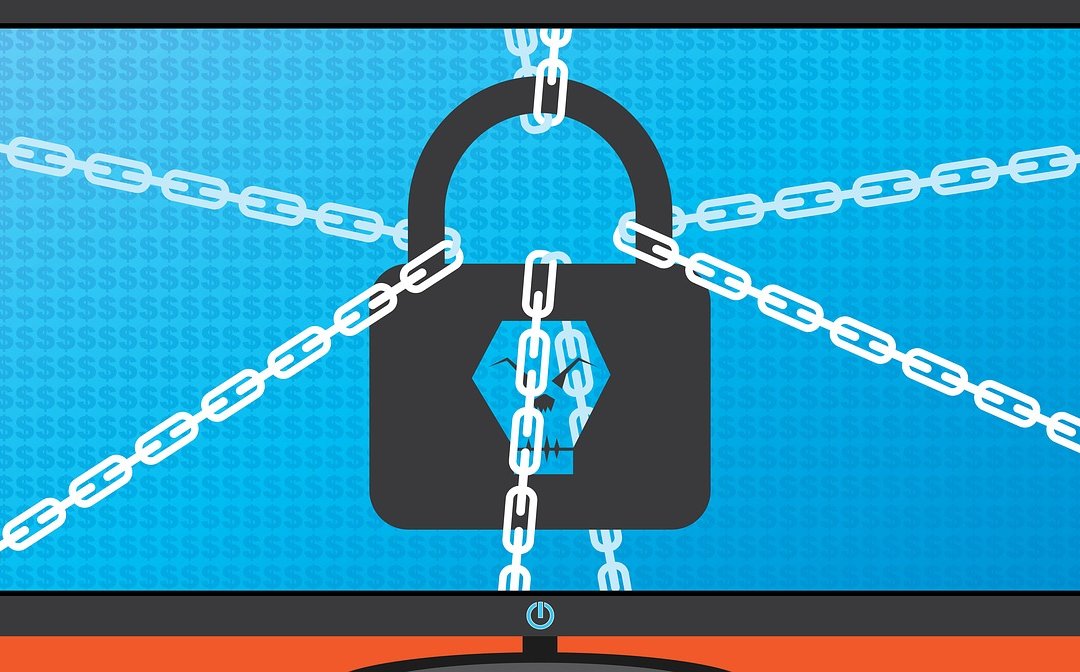In a previous blog, I discussed both the importance of proper business continuity and the broad range of the threats it strives to mitigate. However, the increased corporate reliance on cloud and technology-based applications in business management opens great threats related to cybersecurity. Cybersecurity encapsulates a variety of such threats, including data breaches, system hacks, and ransomware attacks; any one of these could spell disaster for a business that is underprepared on the cyber front.
Therefore, cybersecurity and business continuity have grown to establish a symbiotic relationship of sorts. In fact, today, many continuity plans now emphasize cyber threats as a primary focal point within a business’s general security infrastructure.
Highlighting protection
In a preemptive sense, the cybersecurity branch of business continuity planning is rooted in the management of a crisis as it unfolds. These efforts may include the formation of a crisis team tasked with negotiation, internal communication, and decision making; technical response teams prepared to handle fallout at a digital and mechanical level; escalation timelines and trigger points; and clear reporting to ensure your team is kept informed and properly equipped for next steps.
Furthermore, teams should be established to inform and manage all business stakeholders, network partners, and similar individuals that may incur subsequent detriment from the cyber event in question.
Highlighting recovery
When addressing the aforementioned cyber threats, continuity plans not only fortify and weather a business against danger, but also — and almost moreso — plot a multifaceted recovery process in the event of a breach or similar event (this “effect-first” mindset, as previously noted, is generally a strong practice for any continuity plan). In some cases, it is almost harder to retroactively mend the damage of a cyber attack than to prepare to prevent it outright (though the latter is certainly ideal); data may be gone, records may be irreparably damaged, and employees’ livelihood could be at risk. Recovery plans should be comprised of documentation tactics, such as cloud-based IP apps; general network diversity; and emphasis on teams trained to handle cyber fallout.
